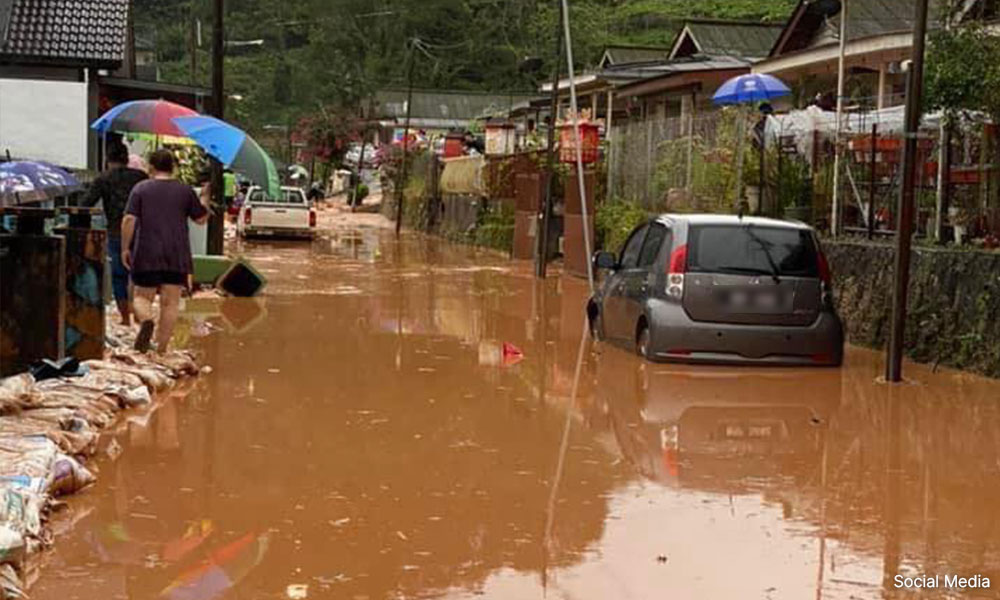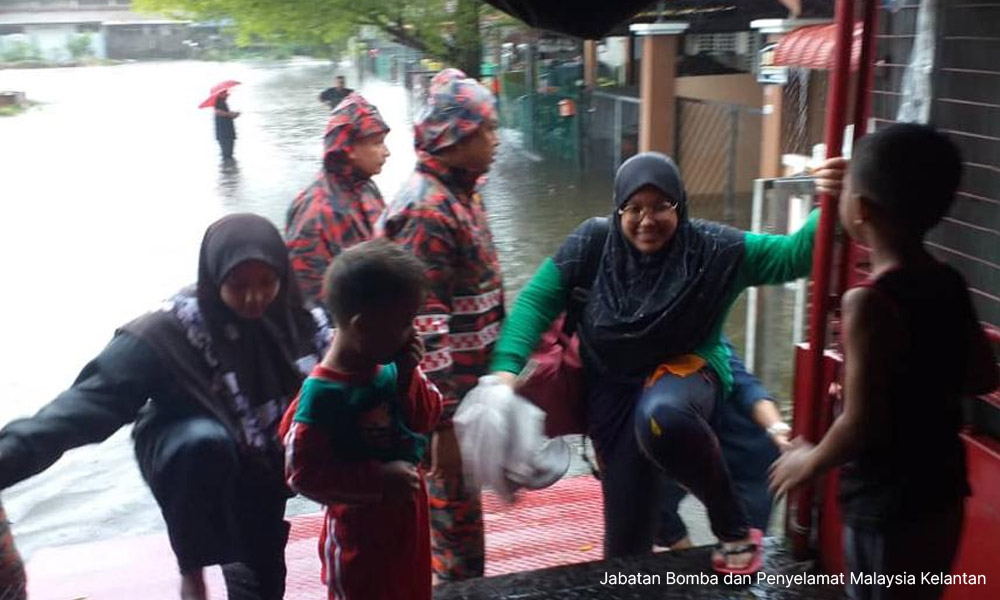The country’s disaster early warning system (EWS) is weak and unable to detect calamities, such as the major floods that are happening now, early, an expert has said.
According to Khamarrul Azahari Razak, director of Universiti Teknologi Malaysia’s Disaster Preparedness and Prevention Centre (DPPC), this costs the country losses of about RM36 billion a year, involving over 70,000 victims.
Speaking to Utusan Malaysia, Khamarrul also said that flood risk maps are not extended to the community level.
“If the EWS and the flood risk maps can be improved, the country can cut by half the RM36 billion economic losses caused by natural disasters yearly.
“The number of disaster victims can also be cut down compared to the current 70,000 plus people who are moved to temporary relieve centres,” he was quoted telling the Malay daily.

Elaborating, Khamarrul said that currently, the shortage of flood risk maps is especially prevalent on the East Coast and is commonly used by technical agencies rather than shared within the community in flood-prone areas.
“The maps are provided by the Department of Irrigation and Drainage (JPS) but they are too technical to be understood by the people and difficult to be translated into action within the community level.
“The maps, for instance, show which areas are prone to floods and their impact. It needs to be improved due to changes in climate, land use, geomorphology, and local anthropogenic activities. With a map of danger, fragility, and flood risk, land use planning that is more sensitive to the risk of future floods can be made better," he reportedly said.
Emulate Japan
Citing Japan as an example, Khamarrul said that flood risk maps are shared openly within the community, so that the people can know and asses the danger and risk they are about to face.
“The early warning system in Japan is better and more focused, based on more accurate predictions and insights, so they would also evacuate before a disaster strikes without waiting for the first responders to come to rescue them.
“An example is the J-Alert system, which sends out early warnings via sirens before an earthquake, a tsunami, or a ballistic missile strike so that the people can respond accordingly and quickly,” he said.

The expert stressed that structured mitigation measures through flood mitigation projects need to be continued in a targeted, periodic, and impactful manner for vulnerable communities.
“The country’s EWS needs to be improved, where every warning is made based on forecast data that is observed and modelled at the local level, and information is disseminated based on the calculated impact, and uses various digital dissemination platforms so that targeted action can be taken quickly.
“Malaysia has not been able to provide accurate, precise, and targeted disaster forecasts even though we have invested as much as RM500 million for the National Flood Forecasting and Warning Centre at JPS,” noted Khamarrul. - Mkini




No comments:
Post a Comment
Note: Only a member of this blog may post a comment.